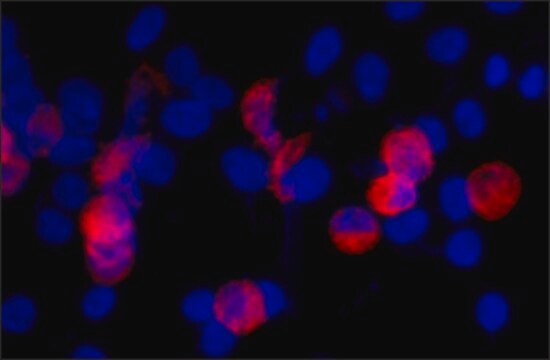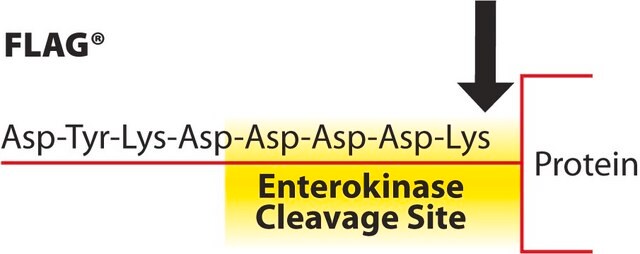B7554
Anti-c-Myc
clone 9E10, purified from hybridoma cell culture
Synonym(e):
Anti-c-Myc, Monoclonal Anti-c-Myc−Biotin antibody produced in mouse
About This Item
Empfohlene Produkte
Biologische Quelle
mouse
Konjugat
biotin conjugate
Antikörperform
purified from hybridoma cell culture
Antikörper-Produkttyp
primary antibodies
Klon
9E10, monoclonal
Form
buffered aqueous solution
Speziesreaktivität
human
Konzentration
0.8 mg/mL
Methode(n)
western blot (chemiluminescent): 0.05-0.1 μg/mL using an extract of 293T cells or E. coli cells expressing c-Myc tagged fusion protein
UniProt-Hinterlegungsnummer
Versandbedingung
dry ice
Lagertemp.
−20°C
Posttranslationale Modifikation Target
unmodified
Angaben zum Gen
human ... MYC(4609)
Suchen Sie nach ähnlichen Produkten? Aufrufen Leitfaden zum Produktvergleich
Allgemeine Beschreibung
Spezifität
Immunogen
Anwendung
Enzyme-linked immunosorbent assay (1 paper)
Physikalische Form
Sie haben nicht das passende Produkt gefunden?
Probieren Sie unser Produkt-Auswahlhilfe. aus.
Lagerklassenschlüssel
10 - Combustible liquids
WGK
nwg
Flammpunkt (°F)
Not applicable
Flammpunkt (°C)
Not applicable
Hier finden Sie alle aktuellen Versionen:
Besitzen Sie dieses Produkt bereits?
In der Dokumentenbibliothek finden Sie die Dokumentation zu den Produkten, die Sie kürzlich erworben haben.
Unser Team von Wissenschaftlern verfügt über Erfahrung in allen Forschungsbereichen einschließlich Life Science, Materialwissenschaften, chemischer Synthese, Chromatographie, Analytik und vielen mehr..
Setzen Sie sich mit dem technischen Dienst in Verbindung.








